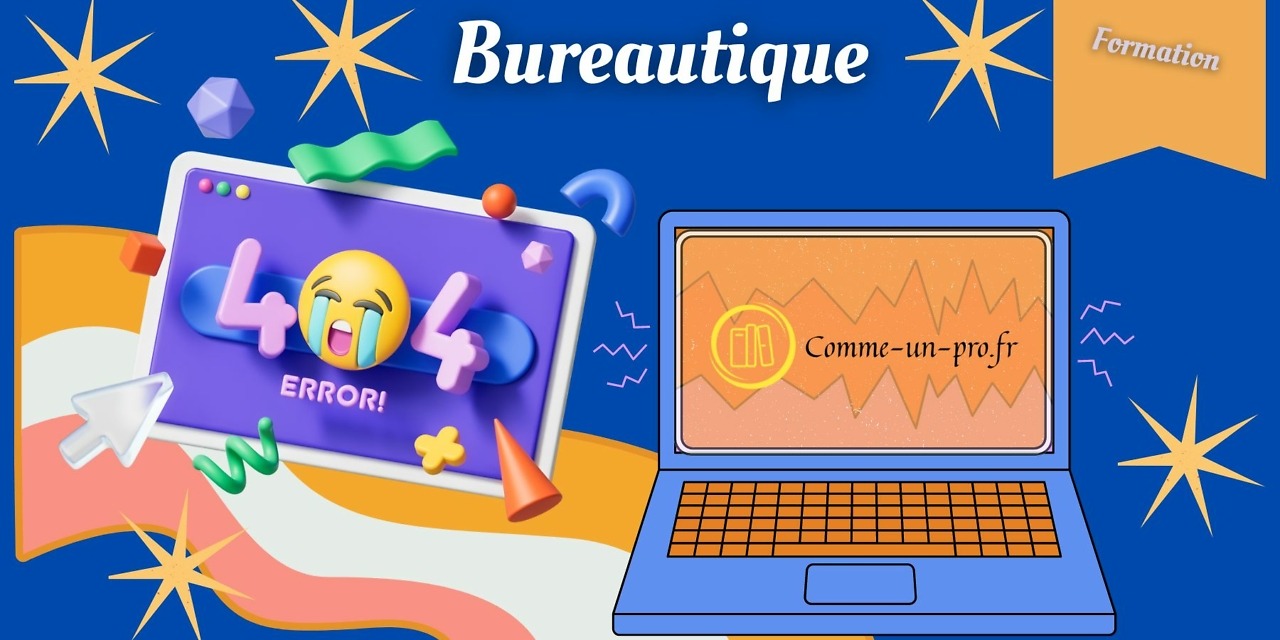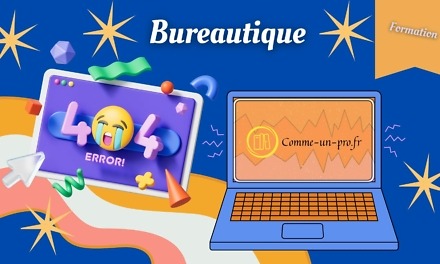The basics of managing group emails in Gmail for business
In a professional environment, communication is essential to ensure effective collaboration between team members. Group emails, also known as mailing lists, are an essential tool to facilitate this communication. Gmail for business offers many features to manage and optimize group emails. In this first part, we'll cover the basics of managing group emails with Gmail.
To get started, it's important to understand how to create and manage mailing lists. Gmail for business lets you create groups of email addresses to make it easier to send messages to multiple recipients at once. Just go to the “Groups” section of your Google Workspace account, create a new group and add your collaborators' email addresses to it.
Once you've created a group, it's crucial to properly manage access rights and privacy settings. You can set who can send emails to the group, who can view members and messages, and who can manage the group. This ensures that only authorized people can participate in discussions and access sensitive information.
Finally, it's essential to learn how to use filters and labels to organize your group emails. You can create filters to automatically sort incoming emails based on sender, recipient, subject, or other criteria. Labels, on the other hand, allow you to group emails by category, making it easier to find and manage messages.
Best practices for effective communication in group emails
Clear and effective communication is crucial to the success of group emails. Here are some best practices to optimize your communication with your colleagues through group emails in Gmail for business.
First of all, it is important to use clear and descriptive subject lines. This makes it easier to understand and organize group emails, allowing all participants to easily follow ongoing discussions.
Also, try to stay concise and precise in your messages. Group emails can quickly become cluttered, so it's essential to stick to the basics and avoid unnecessary digressions. Also, be careful not to reply to everyone unless absolutely necessary to avoid overloading other attendees' inboxes.
It is also recommended to clearly define expectations regarding response times and actions required. When you expect a response or action from a member of the group, be sure to mention it explicitly and give a deadline to facilitate the management of tasks.
Finally, consider using advanced Gmail business features, such as labels and filters, to efficiently organize and sort group emails. By customizing these tools, you can automate your group email management and save valuable time.
Use the collaborative features of Gmail in business to optimize group discussions
Gmail for business offers several collaborative features to help manage group emails and improve communication within your organization. Among these features is the smart reply function. This feature of Gmail suggests short, context-appropriate replies to help you quickly respond to group emails.
Another cool feature is Google Chat integration. With Google Chat built right into Gmail, you can easily switch between email and chat, which can help clear up points of confusion quickly and avoid lengthy email exchanges.
Additionally, the reply-to-all option and the ability to quote a specific message in your reply are useful tools for ensuring clear and consistent communication among group members. These features help ensure everyone is on the same page and minimize misunderstandings.
Finally, using labels and filters can also improve group email management. By assigning specific labels to group chats and using filters to automatically organize incoming emails, you can keep your inbox tidy and easily find relevant information.
By putting these tips into practice and taking advantage of the features offered by Gmail for business, you can optimize the management of group emails and improve collaboration within your organization.


